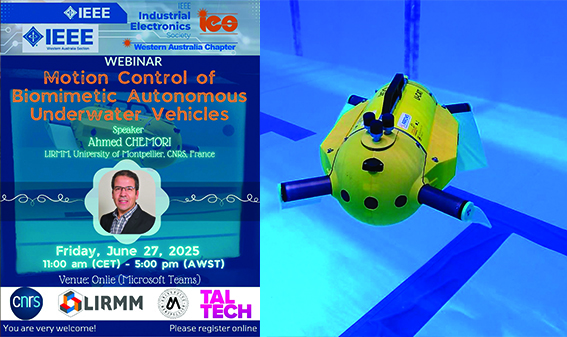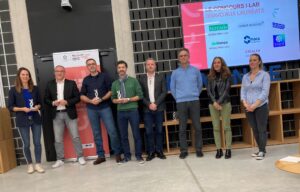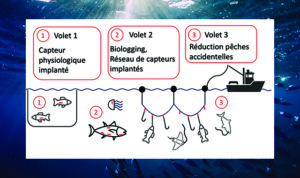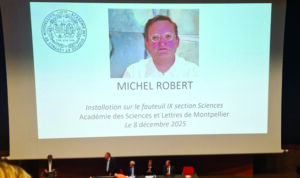On 27 June, Ahmed Chemori was invited by the IEEE Industrial Electronics Society (IEEE IES) – West Australia Chapter to present a webinar on ‘Motion control of biomimetic autonomous underwater vehicles’.
Abstract : Biomimetic Autonomous underwater vehicles propose alternatives for conventional propeller-driven underwater vehicles. Median and paired fin (MPF) locomotion is usually suggested as a viable alternative when high maneuverability and hovering capability is required. In fishes, such a propulsion mechanism usually means lower speeds (as opposed to body and caudal fin propulsion) but is advantageous when low speed and precision maneuverability is desired. A particular type of MPF propulsion is sea turtle like 4-fin locomotion. Attempts to copy the locomotion of those agile and versatile reptiles reach back at least a decade with Turtle 2005 and Madeline. Other examples include Finnegan, the RobotTurtle and iRobot Transiphibian. Another line of development is represented by AQUA and AQUA2 four finned amphibian robots that are unique in the way the propellers are used both for swimming and crawling in and out of water. Four-finned propulsion was also realized in some prototypes by deploying a scaffold structure actively controlled by shape memory alloy (SME) wires. U-CAT is an autonomous biomimetic underwater robot developed within ARROWS (Archeological Robot Systems for the World Seas) European project. As opposed to the previous examples, four-finned design of this vehicle is motivated solely by the end-user requirements and environmental constraints of the tasks in this specifically shipwreck inspection. It should closely video-inspect underwater objects. When interested in control of biomimetic autonomous underwater vehicles, various challenges are to be considered (highly nonlinear dynamics, time-varying parameters, strong coupling between coordinates, underactuation, etc.). This talk deals with motion control of Biomimetic autonomous underwater vehicles, with a special focus on the case study of U-CAT turtle-like biomimetic underwater robot. The proposed control solutions (including priority-based, acoustic-based, vision-based, and data-fusion-based) will be illustrated through different scenarios of real-time experiments in a swimming pool (controlled environment), as well as in open water (real operating conditions).
More details :











